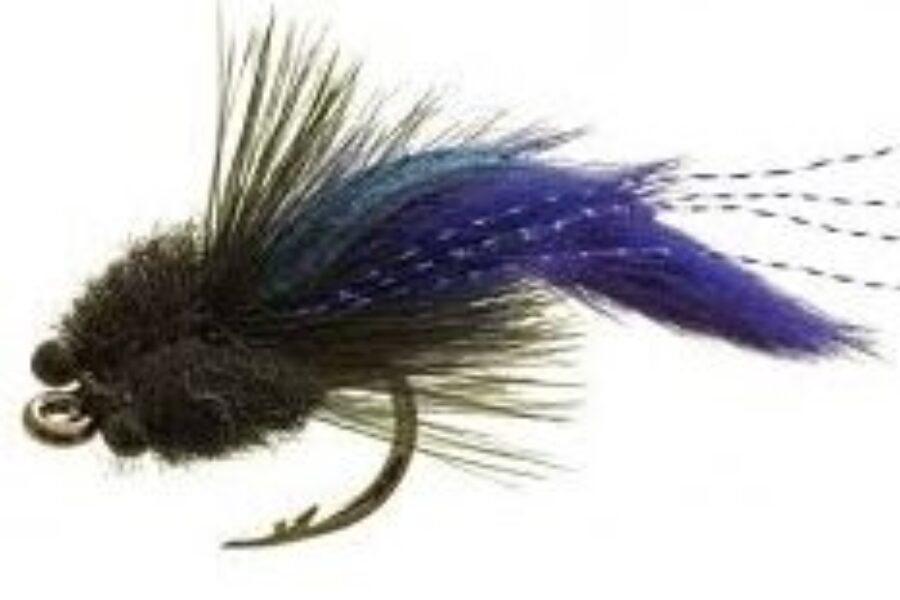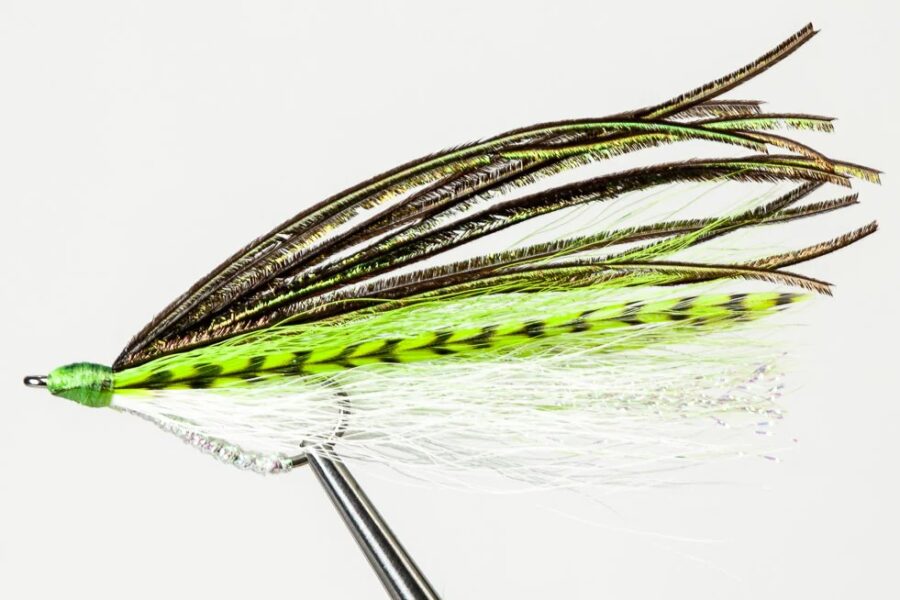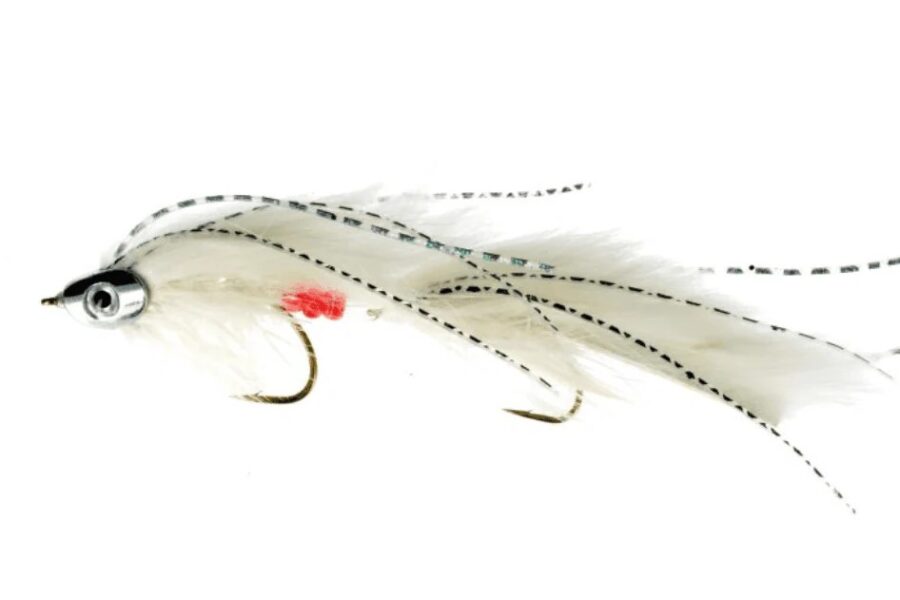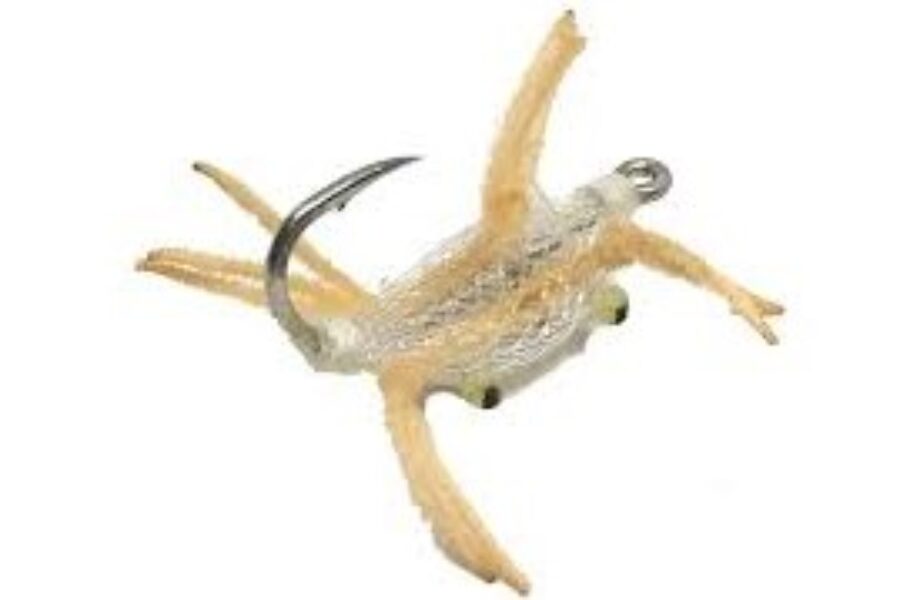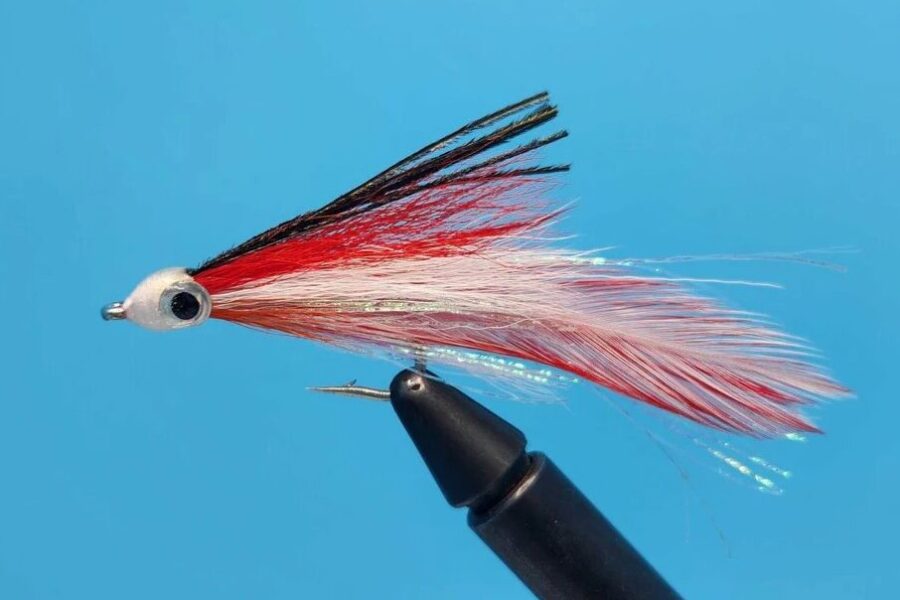Skills and Strategies for Successful Fishing
Fishing is a skill that spans all levels of expertise, from complete beginners to award-winning professionals. No matter where you fall on this spectrum, there’s always room to learn and improve. This comprehensive guide will help enhance your fishing skills and increase your success on the water.
Foundations of Successful Fishing: Preparation Essentials
Before heading out to fish, proper preparation can make the difference between success and frustration. Understanding the basics of equipment selection, location scouting, and environmental conditions sets the foundation for a productive fishing experience.
A crucial aspect often overlooked by beginners is wearing appropriate clothing. Experienced fishermen know to wear attire that blends with their surroundings. Fish can be surprisingly perceptive to bright colors, particularly that attention-grabbing neon pink shirt! Natural, muted tones help you remain inconspicuous and increase your chances of success.
Gear Mastery: Choosing and Maintaining Your Equipment
Investment in quality equipment proves valuable in the long run. While beginners don’t need the most expensive gear, purchasing a quality rod and reel combination will save money over time as it won’t need frequent replacement. Consider your target species and fishing environment when selecting equipment. For instance, walleyes respond well to jig-minnow combinations or spinner rigs, while other species require different setups.
Your fillet knife deserves special attention – tie a bobber to its handle to prevent loss. This simple preparation can save significant frustration, as dropping tools into the water is a common occurrence. Create this safety rig by looping strong lace through the handle’s hole and securing a large rubber cork at the lace’s end.
Strategic Fishing Locations: Identifying Prime Habitats
Successful fishing often depends on locating productive areas. Deep water sections typically hold more fish, particularly during warmer months. Large rocks and ledge formations create natural sanctuaries that attract various species. Once you discover a productive spot, document its location for future trips.
Safety and Stealth: Environmental Considerations for Anglers
When fishing from the bank, fire safety becomes crucial. Many anglers smoke while fishing, creating potential fire hazards. While the immediate bank area may be wet, surrounding vegetation can quickly catch fire. Always properly dispose of smoking materials and maintain awareness of your surroundings.
Hand odor management plays a surprisingly important role in fishing success. Strong scents, including perfumes or hand lotions, can transfer to bait and deter fish. Consider using unscented products before fishing trips to maximize your chances of success.
Bait Expertise: Selecting Lures and Mastering Presentation
Different species respond to different baits. Catfish, for example, show a preference for raw chicken liver, while bream prefer insects like crickets. For those seeking simplicity, plastic worms prove remarkably effective. These artificial lures offer visibility in the water, cost-effectiveness, and appeal to various fish species.
Understanding current patterns can significantly improve your success. Work with natural water flow rather than against it. Proper lure presentation in the current increases visibility to fish and improves strike chances. Let your lure move naturally with the water’s flow while maintaining control of your line. While traditional lures have their place, the world of saltwater fly fishing offers specialized patterns that have revolutionized coastal and marine angling.
Saltwater Specialization: Advanced Fly Fishing Techniques
The evolution of saltwater fly fishing has produced remarkably effective patterns that excel in challenging marine conditions.
The Shrimp Gurgler Tan: Mimicking Prey in Shallow Waters
The Shrimp Gurgler Tan stands as a prime example of innovative fly design, combining surface disturbance with a realistic shrimp profile. This pattern’s unique construction creates a subtle gurgling action on the surface that mimics a fleeing shrimp, triggering explosive strikes from predatory species. Its tan coloration perfectly matches the natural hues of prey shrimp, making it particularly effective in shallow water and around grass flats where gamefish actively hunt.
The Crease Fly: Versatile Surface Action for Predatory Fish
The Crease Fly represents another breakthrough in saltwater fly design, offering anglers a versatile pattern that excels in various conditions. This surface-pushing pattern creates a distinctive wake that draws attention from considerable distances, similar to fleeing baitfish. The innovative folded design allows for both surface and subsurface presentations, making it adaptable to different feeding behaviors. When retrieved with short, sharp strips, it produces the unmistakable “walk-the-dog” action that proves irresistible to aggressive predators.
These premium saltwater patterns incorporate materials specifically chosen for their durability in harsh marine environments. Their construction maintains profile and action even after numerous casts and strikes, making them cost-effective choices for serious anglers. Successful fishermen often carry multiple sizes of these patterns to match varying bait profiles and adapt to changing conditions throughout their fishing session.
Seasonal Strategies: Adapting to Fish Behavior Through the Year
Understanding these advanced fishing techniques and proper gear selection becomes even more crucial as you consider seasonal patterns in fish behavior. Fish behavior changes significantly with seasons. Bass activity peaks during early morning or late night hours. However, in murky water conditions, they may feed throughout the day. Understanding these patterns helps optimize your fishing schedule.
Technological Edge: Modern Tools for Enhanced Fishing Success
Modern fishing benefits from technological advances. Electronic devices can scan the water, providing visual information about fish location and underwater structure. While not essential for success, these tools can accelerate the learning process and improve efficiency.
Must-Have Accessories: Optimizing Comfort and Efficiency
Don’t forget bug spray in your fishing kit. Waterside environments attract mosquitoes and other insects, potentially ruining an otherwise perfect fishing day. Prevention proves better than dealing with numerous bites after the fact.
Ethical Angling: Conservation Practices for Sustainable Fishing
Practice catch and release when appropriate. This method requires carefully unhooking and returning fish to the water, ensuring population sustainability for future fishing. Proper release techniques help maintain healthy fish populations and improve long-term fishing prospects.
Knot Proficiency: Essential Technical Skills for Reliable Gear Setup
Learning basic knots proves essential for any angler. Regular practice leads to proficiency, making equipment preparation and fishing more efficient. Strong knots prevent loss of fish and equipment, saving both frustration and expense.
Overcoming Obstacles: Managing Common Fishing Challenges
Seasickness can ruin a fishing trip. If prone to motion sickness, bring appropriate medication or wear anti-nausea wrist bands. Taking preventive measures ensures comfort throughout your fishing adventure.
When fishing with companions, coordinate your activities. When someone hooks a fish, others should remove their lines from the water to prevent tangles and allow focus on landing the catch. This courtesy improves everyone’s fishing experience.
Protecting Watersheds: Environmental Responsibility for Anglers
Keep fishing areas clean and free from artificial debris and garbage. Pollution not only damages the environment but also reduces fishing success. Responsible anglers maintain their fishing spots for future use.
Lifelong Learning: The Path to Fishing Mastery
Remember, the ultimate goal of fishing is catching fish, but the journey of learning and improving your skills adds to the experience. Whether you’re pursuing bass, which offer exciting catches for their relatively easy accessibility, or targeting other species, each fishing trip provides opportunities to apply these principles and techniques.
By following these guidelines and continuously practicing your skills, you’ll enhance your fishing success and enjoyment of the sport. No matter your experience level, there’s always room for improvement and new techniques to master. Take these tips to heart, and you’ll find yourself catching more fish than ever before.

